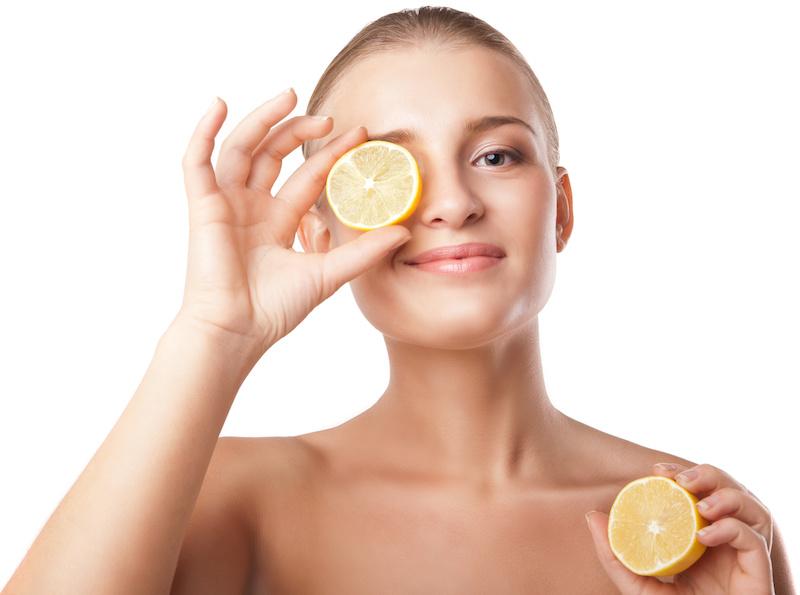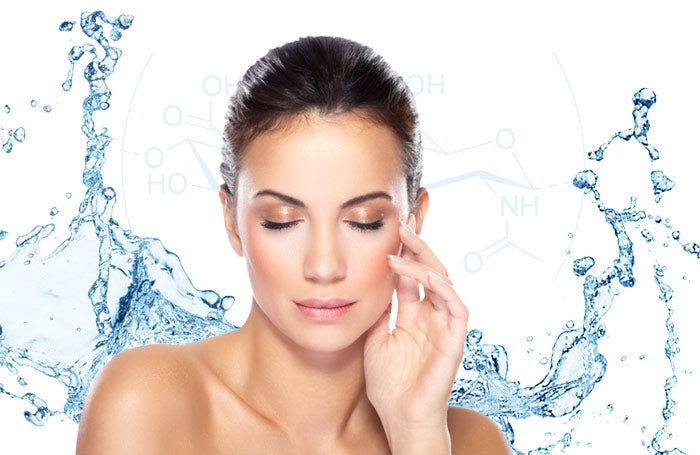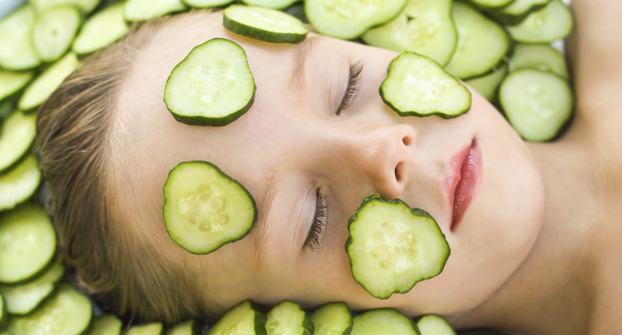
Get your PhD in pH for better-looking skin
It doesn’t matter if science wasn’t your favourite subject at school, this article will quickly get you up to speed on the importance of pH for skincare. You’ll be surprised to learn how much hinges on keeping your skin at the right pH level.
What is pH and why should you care?
pH is a 0 to 14 scale that tells you how acid or alkaline something is. The number 7 indicates neutral and anything above 7 is alkaline. The optimum pH for human skin is about 5.5, so it’s on the acid side. You can actually measure your skin pH with litmus paper, if you’re in the mood for research. Interestingly, women have slightly more acidic skin than men.
Oily skin is more alkaline than normal skin putting it at risk of infection because bacteria can grow in an alkaline environment. Dry skin is more acidic, which can make it itchy and inflamed. For clear, comfortable skin you really need it to hit that magic 5.5 pH number.
What can upset your skin’s pH level?
Cleansing is the biggest threat to your skin’s optimal pH level. And if you’re into the Korean-style double cleansing routine, you could really send your pH level up the alkaline scale.
Skin absolutely hates being in the alkaline zone. The enzymes that mess with collagen are activated when skin pH is alkaline, so you actually speed up the ageing process.
Also, when the skin is alkaline its barrier function is disrupted, which means moisture will escape more easily and your skin will become dehydrated. That opens the door to irritation and inflammation. You get a domino effect that shows in the mirror as premature wrinkling, dryness and redness. Your skin could also try to compensate for this sorry state of affairs by producing too much oil. So it goes without saying (but we’ll say it anyway) that your cleansing and toning routine must leave your skin in a happy state – 5.5 pH.
How do you find a cleansing routine to preserve optimal pH?
If you want to test the pH of your current cleansing and toning products, buy some litmus paper test strips. They are super-cheap on Trademe. The test strips come with a colour code that lets you analyse the result. If your cleanser turns the litmus paper any shade of green, your cleanser is too alkaline. Do the same with toner.
An easier approach would be to switch to Okana cleansing and toning products. Our Apple Juice Foaming Cleanser is made with real apple juice and no SLS (sodium lauryl sulphate) or fragrance. SLS has a pH of between 7.5 and 8.5, so when it’s included as a cleanser ingredient it moves the pH too far towards alkaline. It’s worth remembering that SLS is often included in hand soaps and shower gels, so always read the label before you buy.
If you love double-cleansing, after using our foaming cleanser you can do a second cleanse with Okana Radiant Skin Sorbet Cleanser. It includes fresh apricot oil, macadamia oil, mango butter and rapeseed oil. The concept with this cleanser is that ‘oil dissolves oil’, so sebum, makeup and sunscreen will be easy to wash away. The oils in this cleanser also serve to strengthen the skin barrier, preventing dehydration.
Toner is an essential final step to your cleansing routine.
Even if you use the most gentle cleansing routine, it’s likely your skin’s pH will have moved towards alkaline. That’s why a good toner will always be slightly acidic, i.e. it will bring the pH level back to an optimal 5.5. Our Cucumber + Lettuce Toner has been carefully designed to rebalance your skin’s pH and it’s suitable for even the most sensitive skin.
What does exfoliation do to pH levels?
For good-looking skin, exfoliating two or three times a week is essential. An exfoliator physically or chemically removes dead skin cells from the topmost layer of skin. It improves the appearance of your skin and it helps to speed-up the turnover of skin cells.
From an environmental point of view, you should avoid exfoliators that contain polymer microbeads. They end up in the ocean, where they are consumed by sea creatures (even though they have no food value). Some countries have actually banned the use of microbeads in cosmetic products.
We also don’t recommend chemical exfoliators, unless they are 100% naturally derived. There are enzymes in fruits like pineapple and papaya that can do a nice job of dissolving away dead skin cells.
Okana’s Bamboo Beads Face Scrub is made with finely ground bamboo, a 100% natural product that’s biodegradable. The powder gently and efficiently removes dead skin cells, leaving your skin soft and smooth. Always follow with a toner, to get your pH back to 5.5.




Leave a comment
This site is protected by hCaptcha and the hCaptcha Privacy Policy and Terms of Service apply.